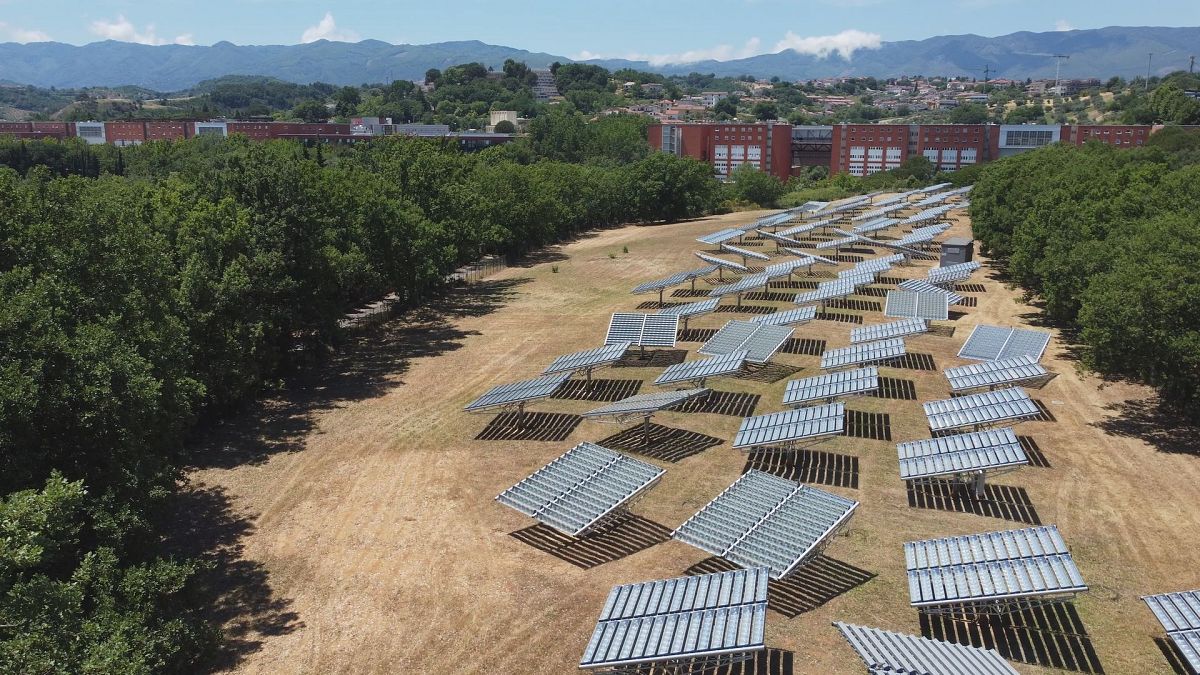The UNICAL in Calabria is the largest university campus in Italy and it is also one of Europe's "greenest". An ambitious energy project has allowed it to go green, lower CO2 emissions and save money.
With over 200 hectares, the University of Calabria, also known as the UNICAL, is the largest campus in Italy and one of the greenest in Europe.
Some 30 000 students are enrolled at the university including a thousand foreign students.
In terms of organisation, it has everything a modern university needs: green spaces, study areas, classrooms, laboratories and a new green energy system.
In recent years, the university has transformed the way it produces and consumes energy. It has combined geothermal, photovoltaic and solar energy producing methods to create a greener, cleaner campus. This has also enabled it to save more than half a million euros a year on its energy bill.
Nicola Leone, the dean of the university, tells us that "building a state-of-the-art campus in Calabria was a great challenge". According to him, it's "one of the poorest regions in Europe" and it doesn't have a lot of resources. But the university was able to take advantage of funds from the European Commission.
The total budget for this energy transformation was 18 million euros, 75% of which was funded by the European Cohesion Policy.
On the campus, 96 cube-shaped buildings are connected by a central bridge. These buildings are lit by an intelligent system of LED lamps that can be controlled remotely. There are 33 000 of them. This system alone drastically reduces CO2 emissions.
The university also harnesses energy from the earth using a geothermal system and energy from the sun using solar and photovoltaic panels. On a green campus, the role of the energy manager is essential. It's more than just measuring temperatures.
Vittorio Ferraro, the energy manager at the university explains that the photovoltaic system installed throughout the bridge has allowed the campus to reduce carbon dioxide emissions by about 900 tonnes per year. The LED system has also reduced emissions by about 800 tonnes a year and the geothermal heat pumps reduce them by about 90 tonnes a year as well.
Ecology is all-important on campus. Motion detector sensors turn lights on and off in classrooms to avoid wasting energy. The almost two-kilometre-long central bridge can only be crossed by bike or on foot.
Students particularly appreciate the university applying what they learn in class. Valentina, an energy engineering student, tells us that "even for those who live on the outskirts, it is like arriving in another city. It's not only about discovering the green campus, but also about learning that small gestures can do a lot in terms of environmental impact".
As well as being a top educational centre with various scientific and research programmes, the UNICAL is also a great example for campuses around the world and how they too can go green.

